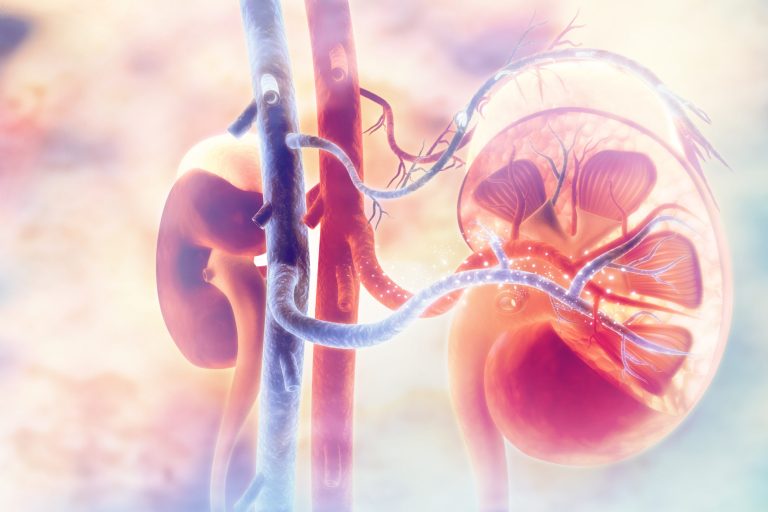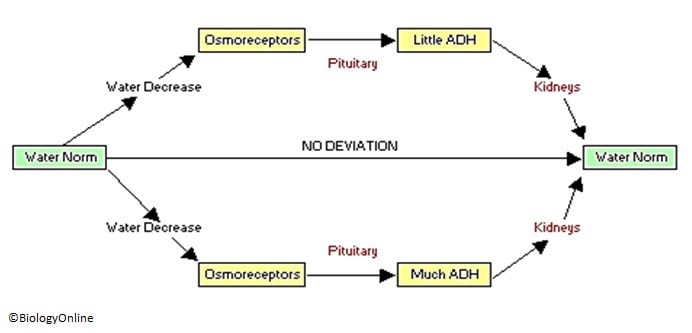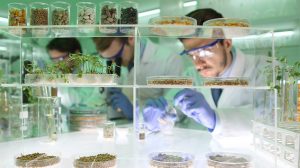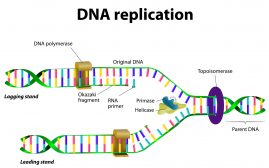Homeostasis of Organism Water Regulation

Homeostasis by water regulation
Table of Contents
Osmoregulation
Osmoregulation is the regulation of water concentrations in the bloodstream, effectively controlling the amount of water available for cells to absorb.
The homeostatic control of water is as follows
- A change in water concentration leads to active via negative feedback control
- Osmoreceptors that are capable of detecting water concentration are situated on the hypothalamus next to the circulatory system
- The hypothalamus sends chemical messages to the pituitary gland next to it.
- The pituitary gland secretes anti-diuretic hormone (ADH), which targets the kidney responsible for maintaining water levels.
- When the hormone reaches its target tissue, it alters the tubules of the kidney to become more / less permeable to water
- If more water is required in the bloodstream, high concentrations of ADH make the tubules more permeable.
- If less water is required in the bloodstream, low concentrations of ADH make the tubules less permeable.
This is illustrated by the flow chart below

Negative Feedback Control of Water in Animals
Evolutionary Adaptations in Water Regulation
Some of the Adaptation tutorials investigate certain evolutionary adaptations that organisms have achieved through natural selection. This looks at ways in which both animals and plants can be better adapted to cope with extreme environments (desert or wetlands). These changes can be behavioral, physical or anatomical, and in some way promote water regulation. Both plants and animals appear to have adapted to their environment.
More Homeostasis
The body also contains negative feedback control mechanisms for the control of blood sugar concentration and temperature regulation. These types of homeostasis are described on the next tutorials, Sugar Homeostasis and Temperature Regulation in Animals, respectively.
You will also like...

Biological Cell Introduction
It only takes one biological cell to create an organism. A single cell is able to keep itself functional through its 'mi..

Regulation of Biological Systems
Regulation of Biological Systems tutorials are focused on the modulation of biological systems from cell to population l..

Fruits, Flowers, and Seeds
This tutorial deals with the structure and function of flowers, fruits, and seeds. Also included here are the types of f..

DNA Structure & DNA Replication
DNA is a double helix structure comprised of nucleotides. A nucleotide, in turn, is made up of phosphate molecule, deoxy..

Sleep and Dreams – Neurology
While learning and intelligence are associated with the functions of a conscious mind, sleep and dreams are activities o..

Muscle
Muscle cells are specialized to generate force and movement. Learn about the different types of muscle tissues in this t..
